'The invisible speaks to us, and the world it paints takes the form of apparitions.'
Alice Rahon
Alice Rahon once commented that ‘the invisible speaks to us, and the world it paints takes the form of apparitions, it awakens in each of us that yearning for the marvellous and shows us the way back to it.’
Alice Marie Yvonne Philippot was born in Chenecey-Buillon, France, on June 8, 1904 (her death is noted as 1987). When a serious accident at three years old resulted in a fractured right hip, casts, a lengthy recovery, and enforced prolonged isolation — she had to lay down for long periods — the young woman started to look inwards. As a teenager, copious reading, writing, and drawing instilled a preference for solitude, and Rahon began to look internally towards her inner worlds.
Rahon began her career as a Surrealist poet and was at the forefront of abstract expressionism in Mexico, but her connections to Surrealism endure. While living in Paris with her sister, Rahon met the painter, sculptor, and art philosopher Wolfgang Paalen (to whom she was married from 1934 -1947). The couple’s involvement in Surrealism, beginning around 1935, saw Rahon publish poetry under the name Alice Paalen with financing from André Breton. 1935’s A meme la terre was accompanied by a print by Yves Tanguy, and Joan Miró illustrated Sablier Couche (1938).
With the Surrealists, Rahon published her books Bare Ground (1936) and Hourglass Lying Down (1937), featuring Pablo Picasso's illustrations. Before Bare Ground’s release, Rahon became the first woman published in Editions Surréalistes, and while travelling in India with Valentine Penrose, she wrote Hindi-influenced poems that included Muttra.
When translated, Sablier couché becomes ‘Hourglass Lying/Lain Down’, suggesting a reference to an hourglass female body shape and, in turn, to the female body as a vessel and timepiece. Structurally, Sablier couché possesses similar attributes to orthodox Surrealist literature: disjointed verses, confusion between who is speaking and when, and conflict between unconscious and waking states through more nature-based elements, such as landscapes, forests and greenery.
In many ways, Sablier couché weaves together the conscious and unconscious prevalent in Surrealist works. In their essay ‘Through an Hour-Glass Lightly: Valentine Penrose and Alice Rahon Paalen’ in Reconceptions: Reading Modern French Poetry, Georgiana M. M. Colvile considers the similarity between Rahon’s text and ‘[André] Breton’s “communicating vessels” of dream and reality and the freefalling nature of stumbling down the rabbit hole into Wonderland that seems to circulate Rahon’s work.
The poet Alice Paalen went through a looking glass into Mexico to become and remain the painter Alice Rahon. The rich hour-glass image inscribed in the title of Rahon’s second poetry collection, the short plaquette Sablier couché, predicts her passage from one art to another and the correspondence maintained between them, much like Breton’s ‘communicating vessels’ of dream and reality.
While in Mexico, Rahon gradually moved away from Surrealist poetry to painting, yet her work always forged a connection between both mediums. Her final work, Noir Animal featured a portrait of Rahon painted by Paalen), and she also contributed poems and illustrations to Paalen’s magazine DYN, which he founded with César Moro and lasted for six issues (1942 - 1944).
Rahon’s first exhibition of paintings was held at the Galeria de Arte Mexicano in Mexico City in 1944, later followed by others held in New York and Los Angeles. Like Leonora Carrington and Remedios Varo, Mexico made a profound impression upon Rahon, not only influencing her art and poetry, but as a frequent subject of her work. However, Rahon’s entry into painting was somewhat accidental, having begun when she randomly scraped the surface of Paalen’s discarded palettes with a nail. This chance encounter with ‘sgraffito,’ when a surface — whether a wall, ceramic, plaster, painting or otherwise — is scratched, revealing a contrasting layer underneath.
This chance encounter makes me think of another connected Surrealist encounter; during the 1920s, Lee Miller and Man Ray accidentally discovered what has since become the iconic rayograph technique. Rahon takes on the avant-garde practice of stripping art back to its purest forms. The work’s absence of explicit narrative and content suggests that Rahon allowed her mind to wander and for the unconscious to replace rational, directed thought.
In Gatos en el valle (The Cats) (1957), the painting’s background is a vivid shade of turquoise with trees etched into the middle and either side of the frame, evoking Rahon’s technique of carving away at a canvas surface. It isn't easy to decipher whether the image contains four cats or two cats in motion, which would explain their layered appearance.
I have been thinking a lot about my approach to this newsletter and the chance encounters I’ve experienced so far in life. Sometimes I have an idea and go, “That’s it!” or the concept slowly forms over time. Often I start writing about one thing with an intention in mind, take a right turn as I love to do in my connection of disparate subjects, and abandon out of insecurity; it’s why I sometimes go longer than intended without posting. I never want things to feel forced or contrived; I always like to focus on a work or an artist, maybe an event or encounter, that has been on my mind. I started something last week but was unsatisfied, so I put it aside for a bit. Still, this weekend something dawned on me a day or so ago, something too obvious to ignore: perhaps this newsletter is my sgraffito, as I start with something and pick away to reveal something underneath the surface. I’m excited to see what else lies beneath.

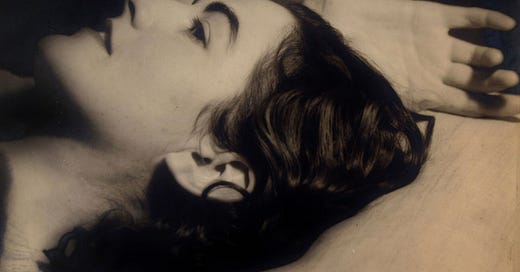



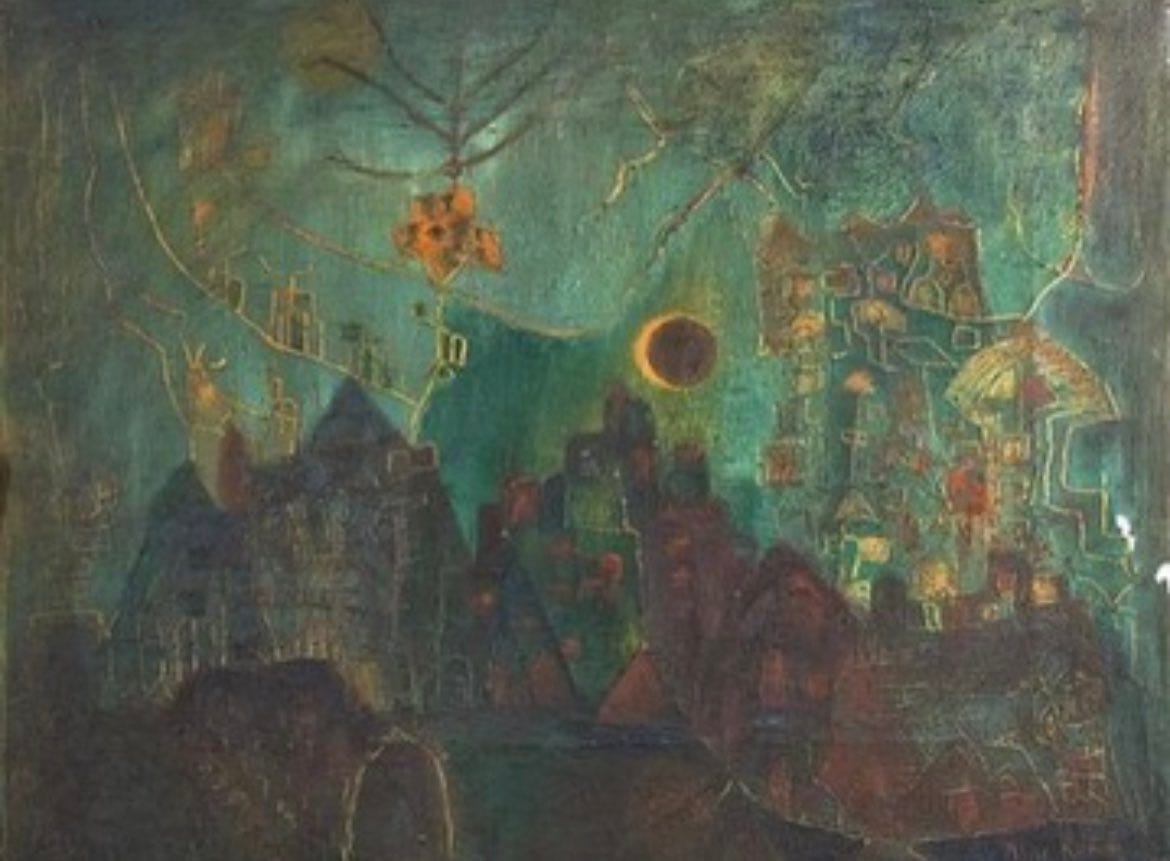
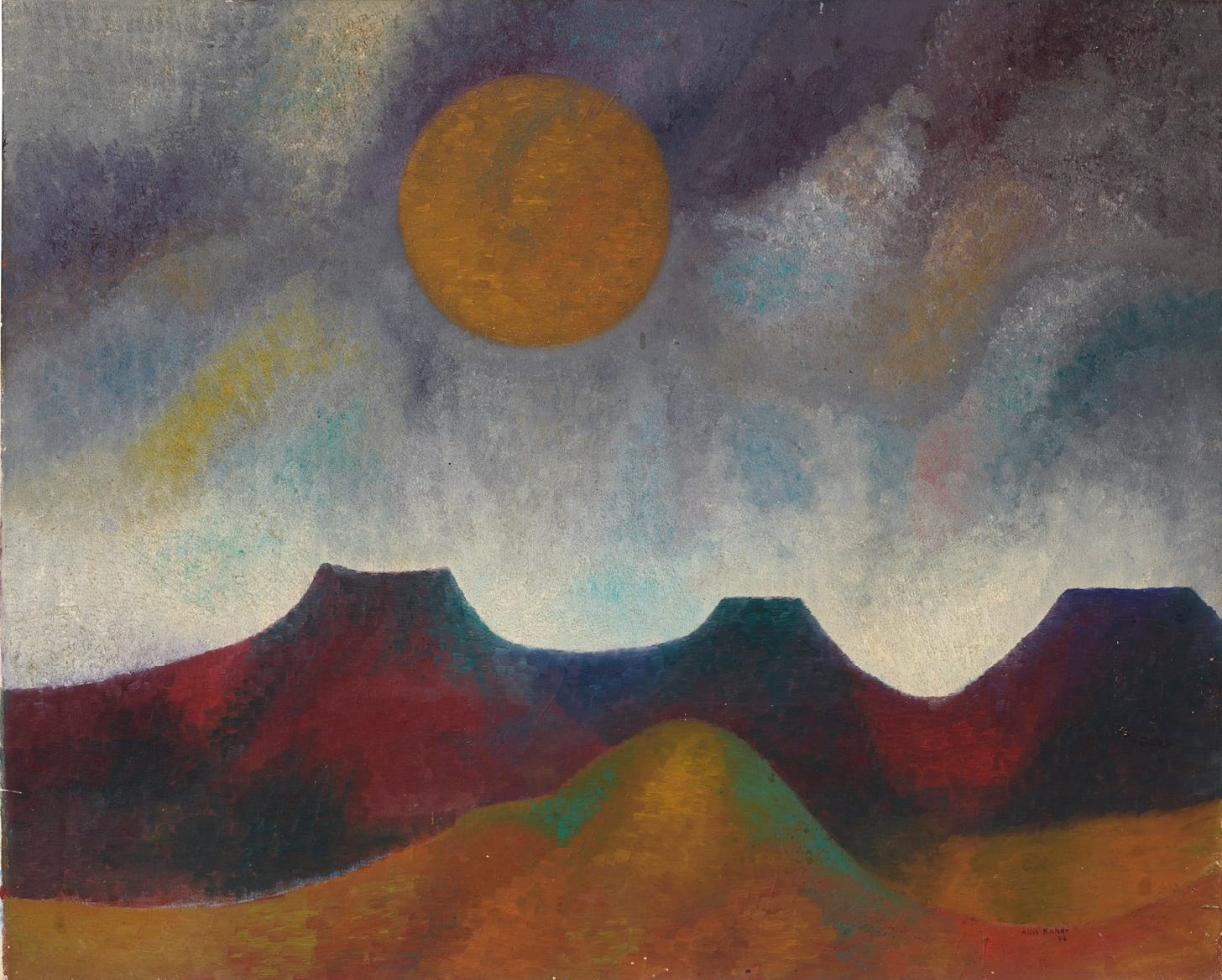
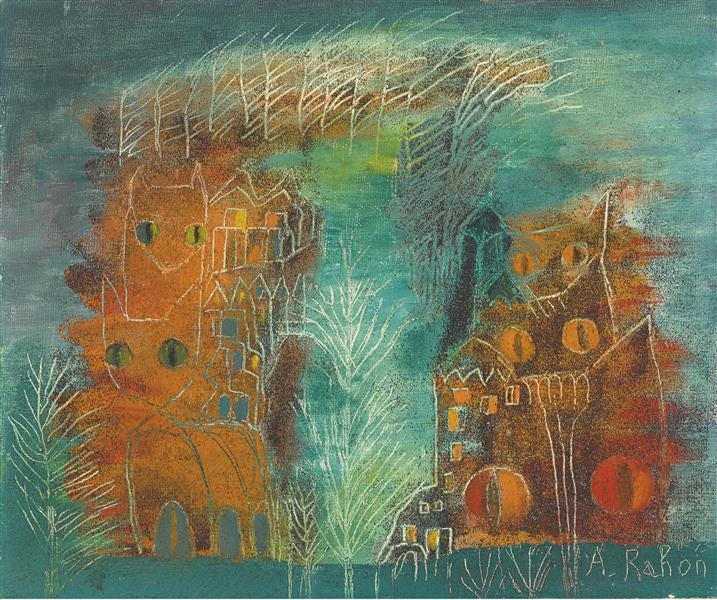
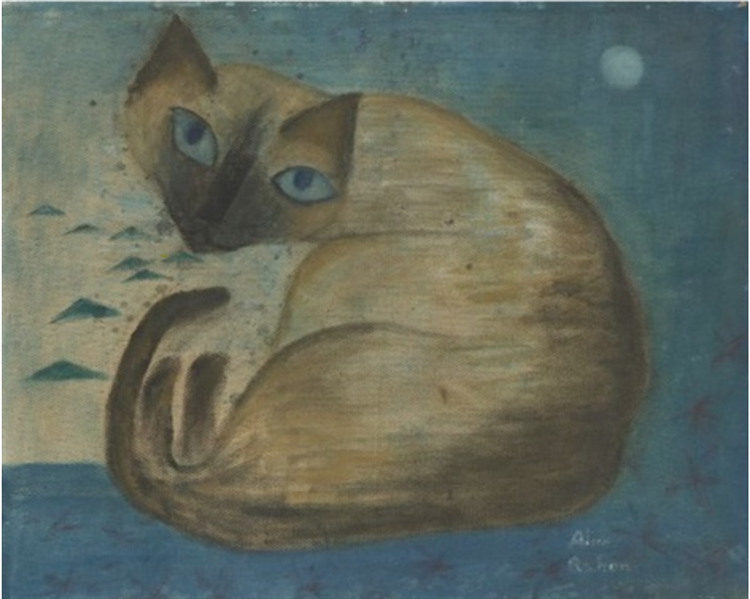
Love these cat paintings! Thank you for writing this and drawing my attention to them x